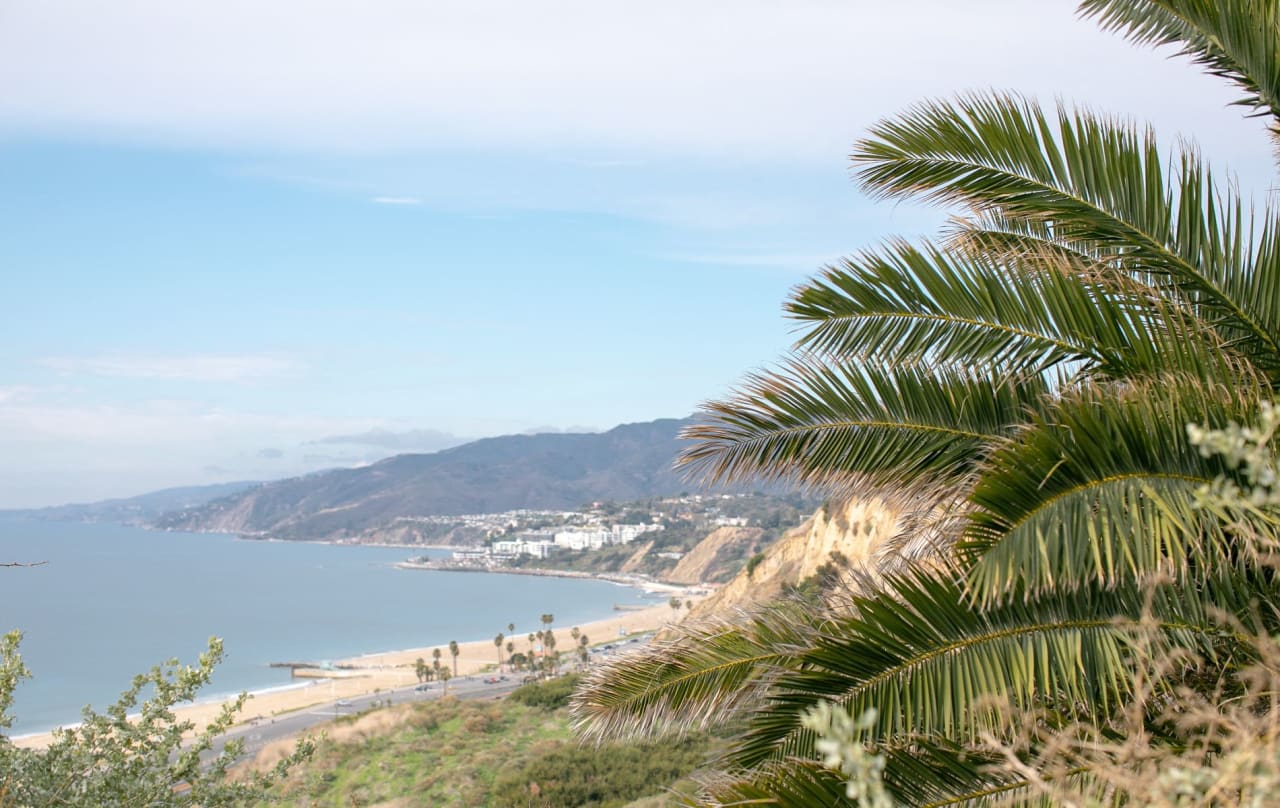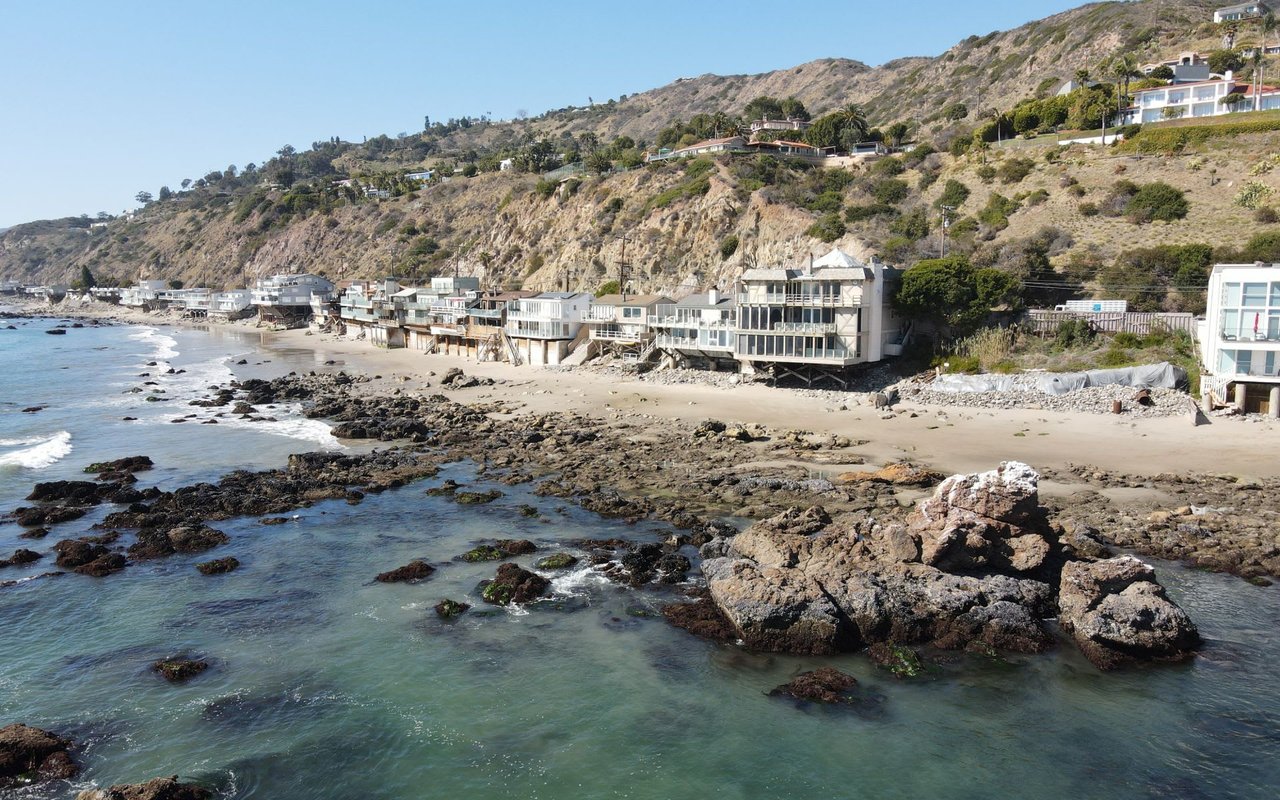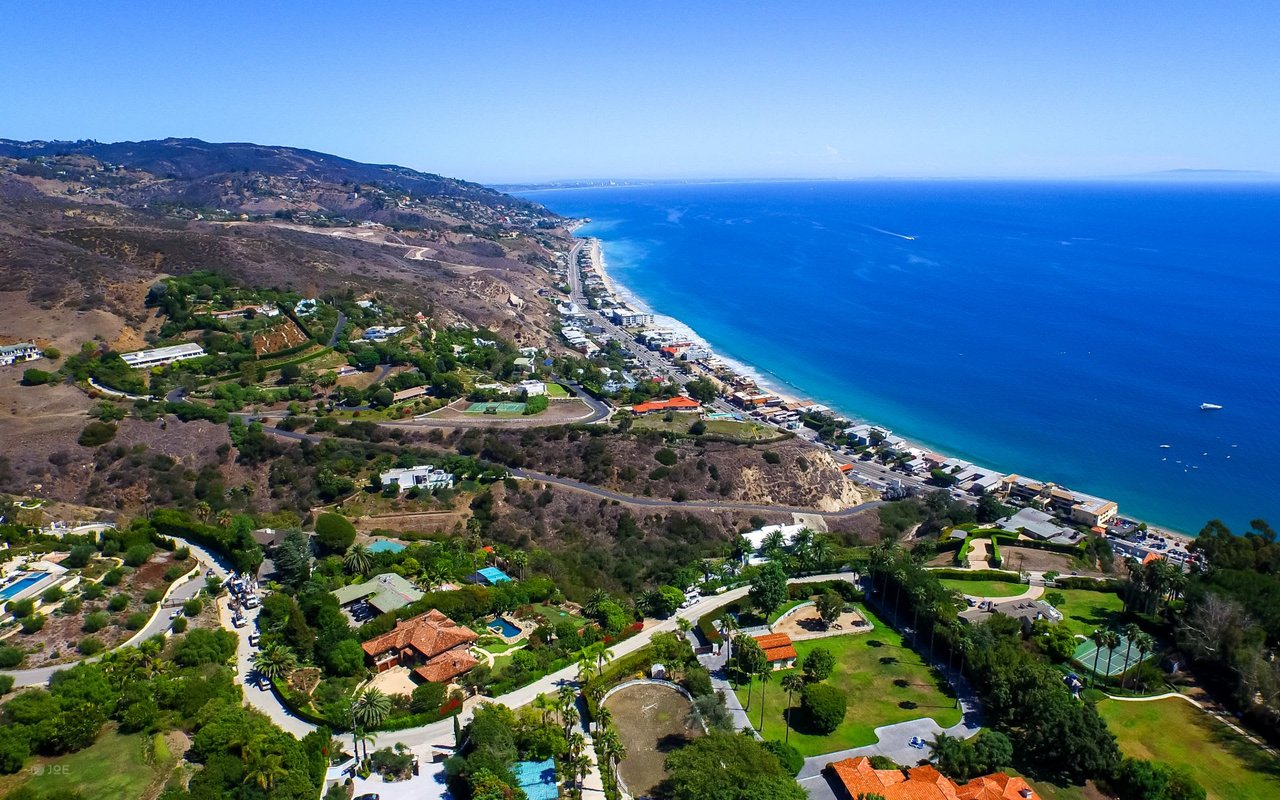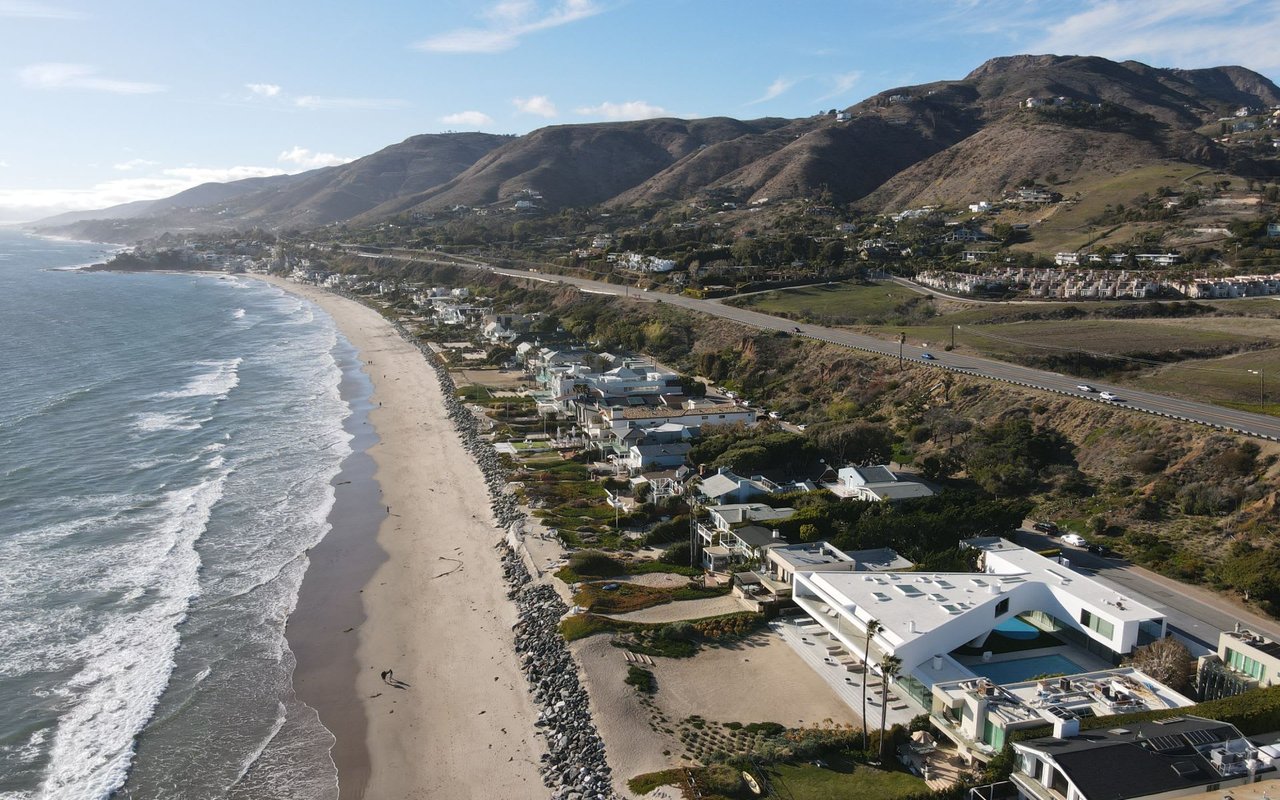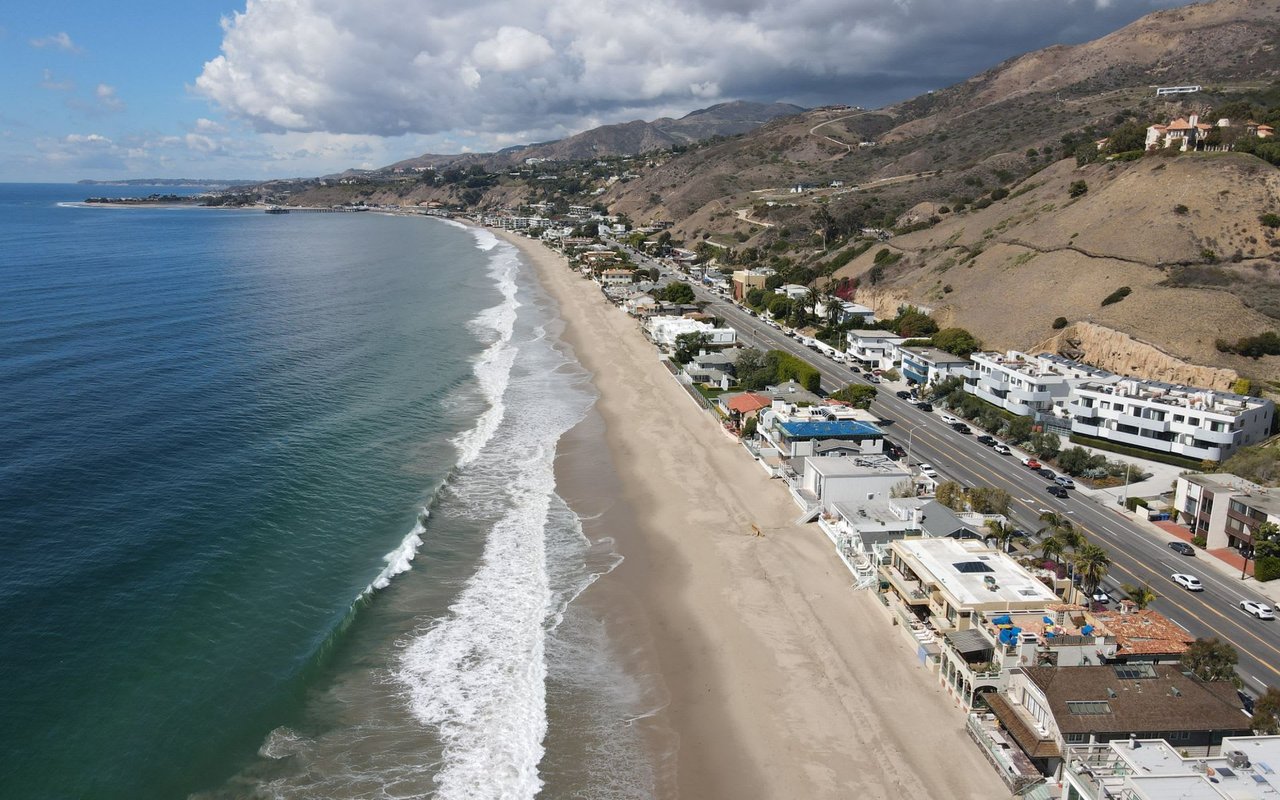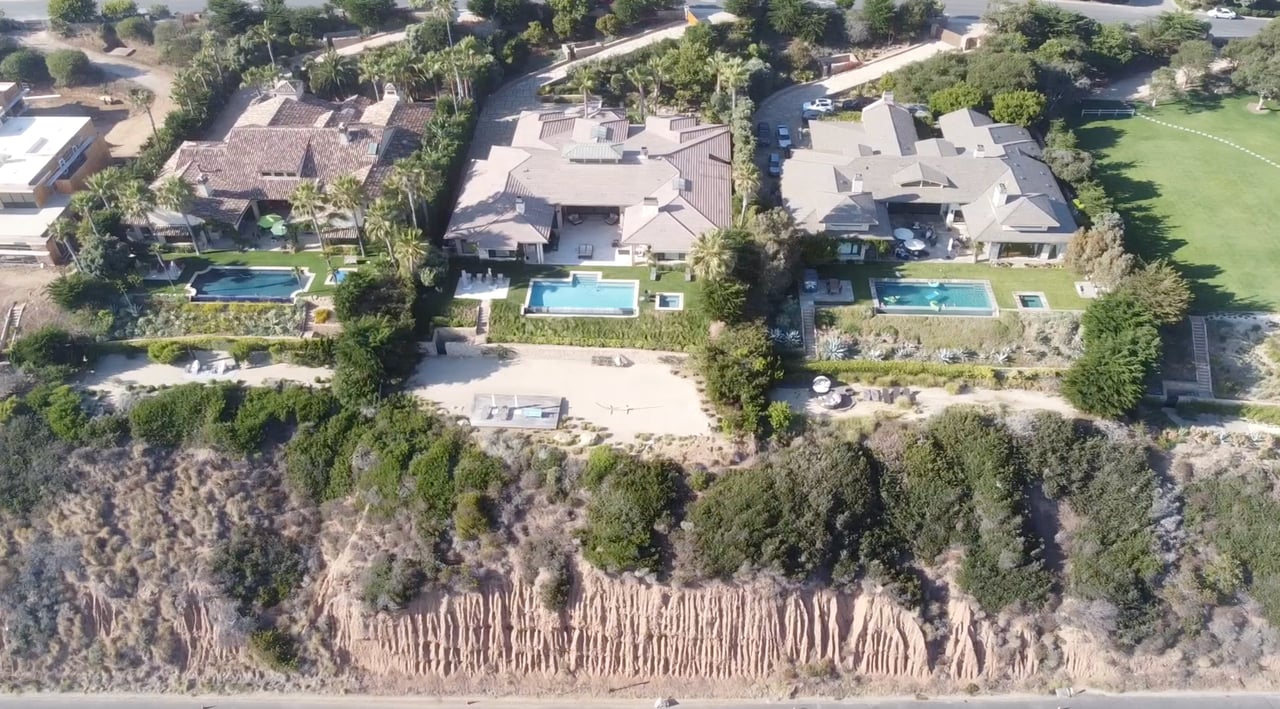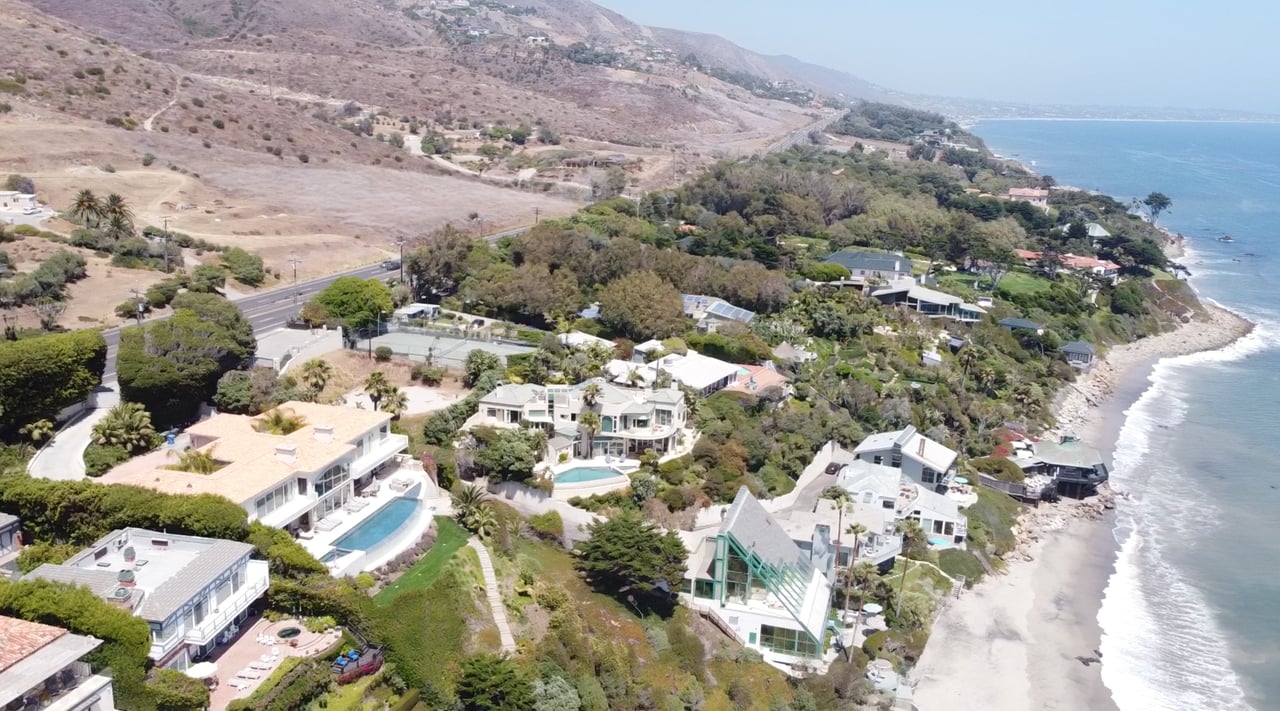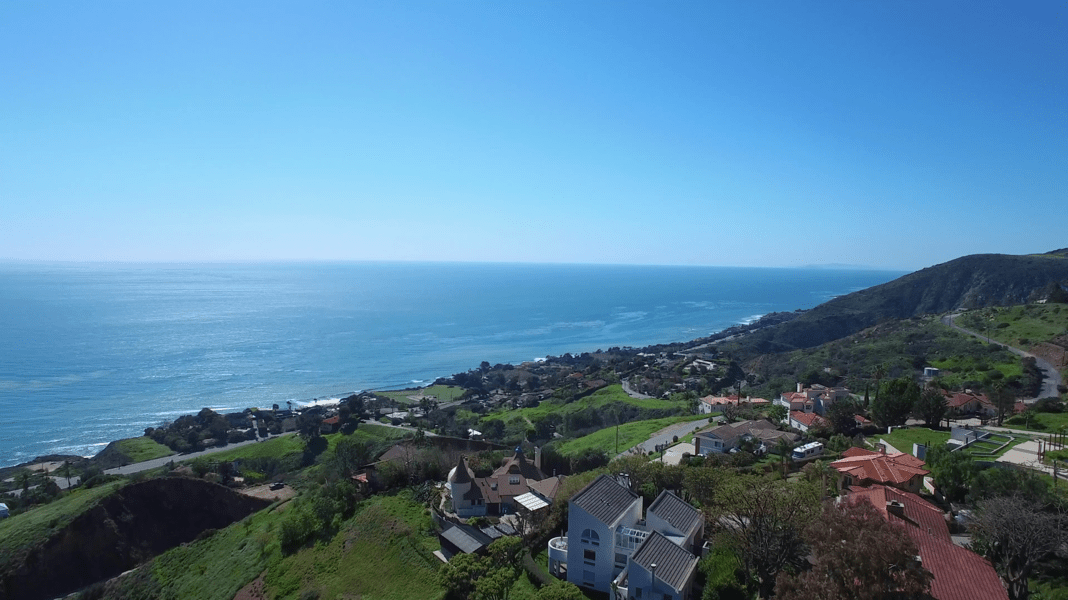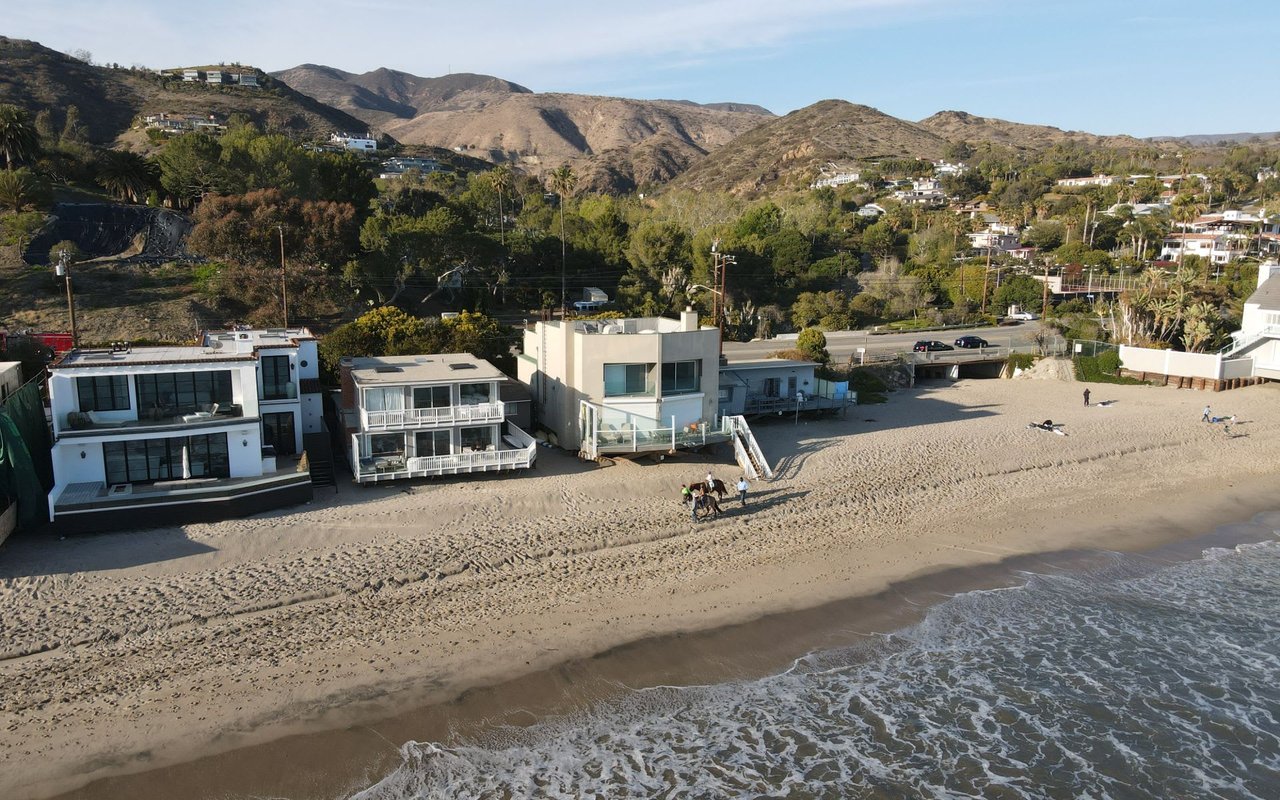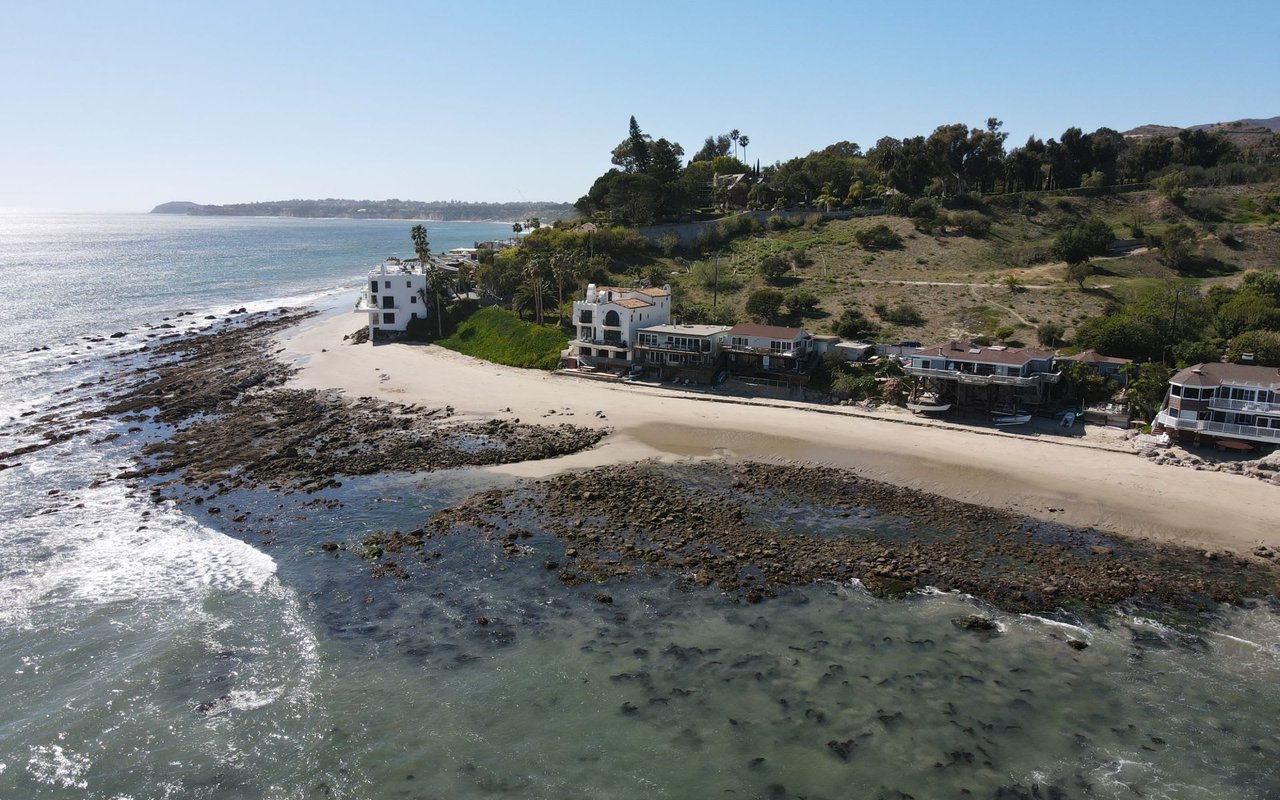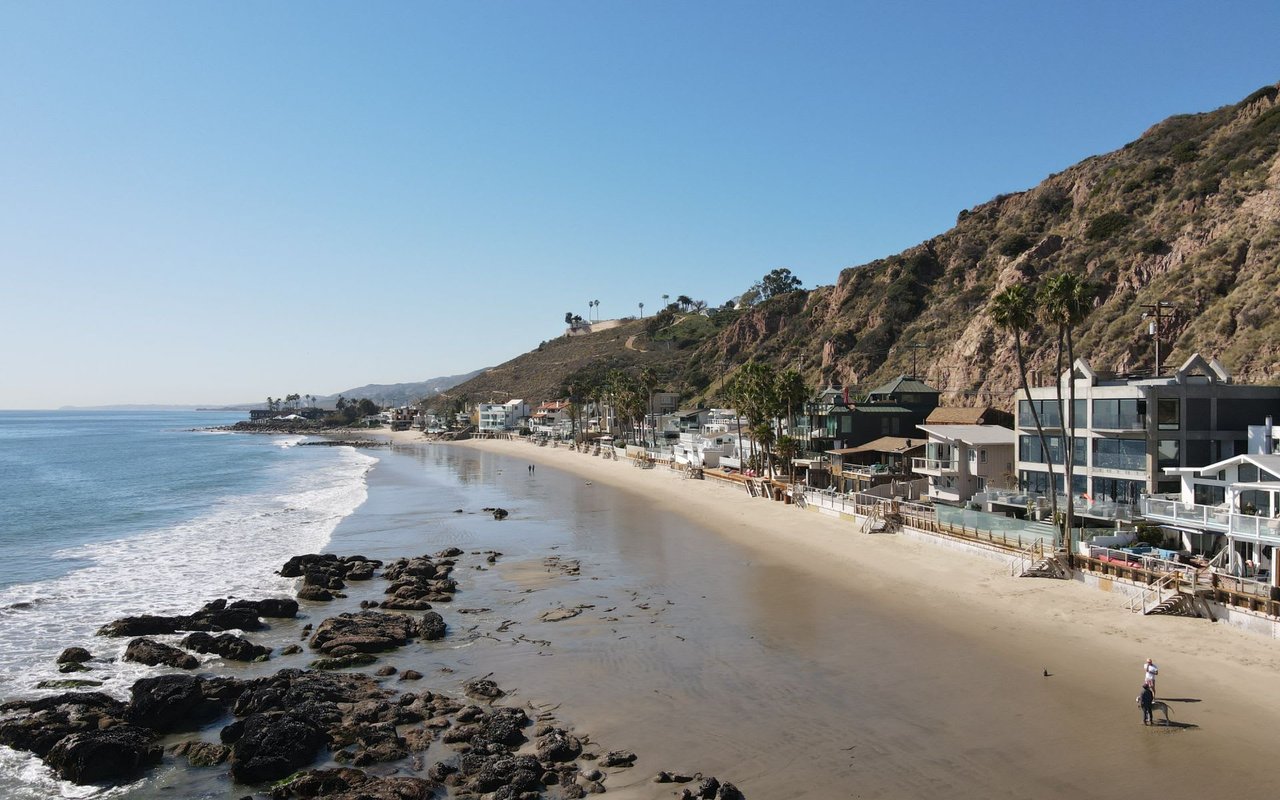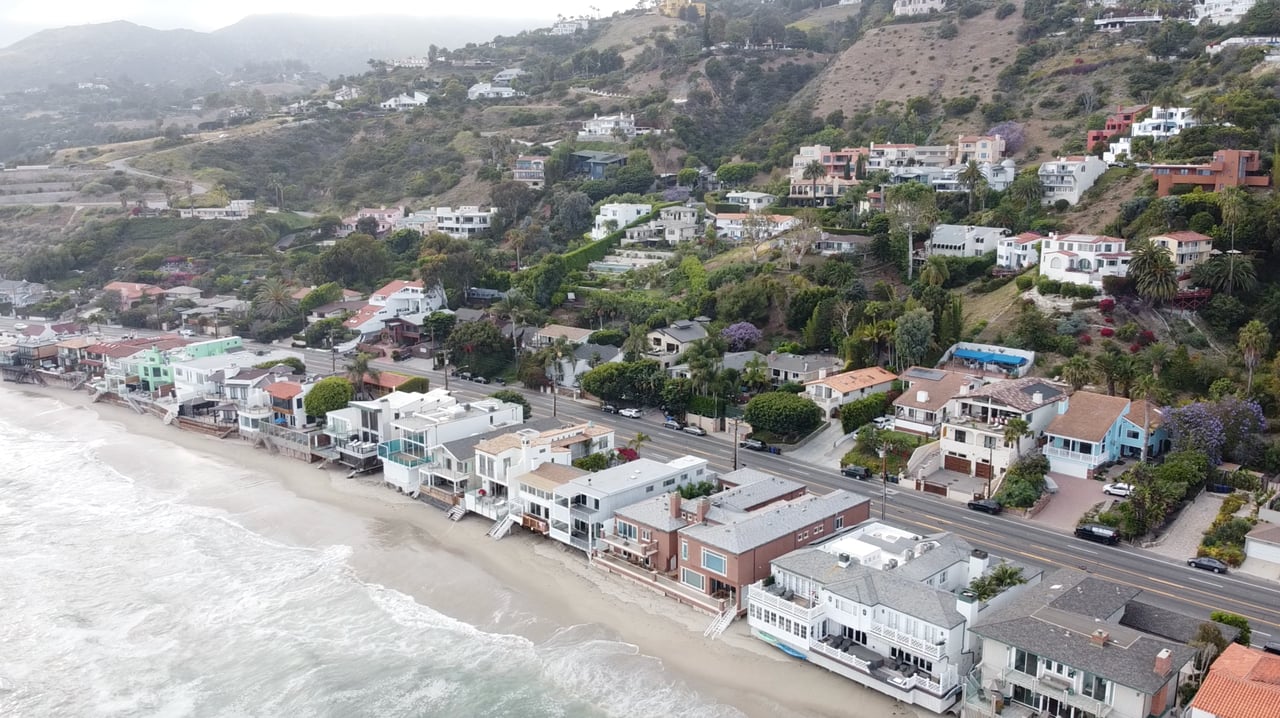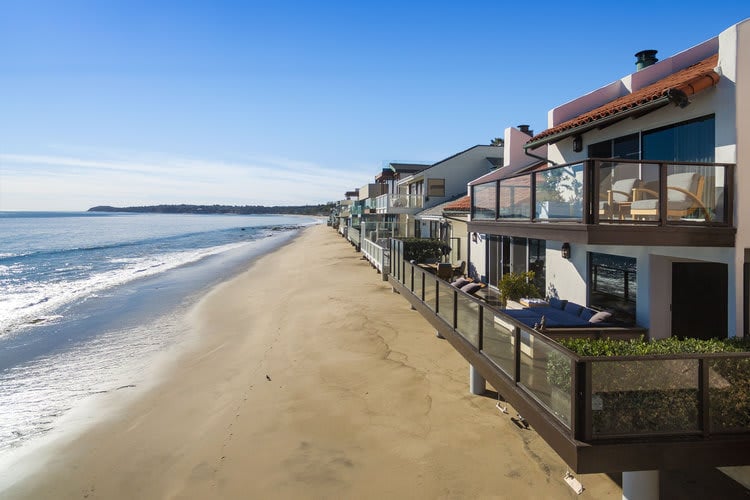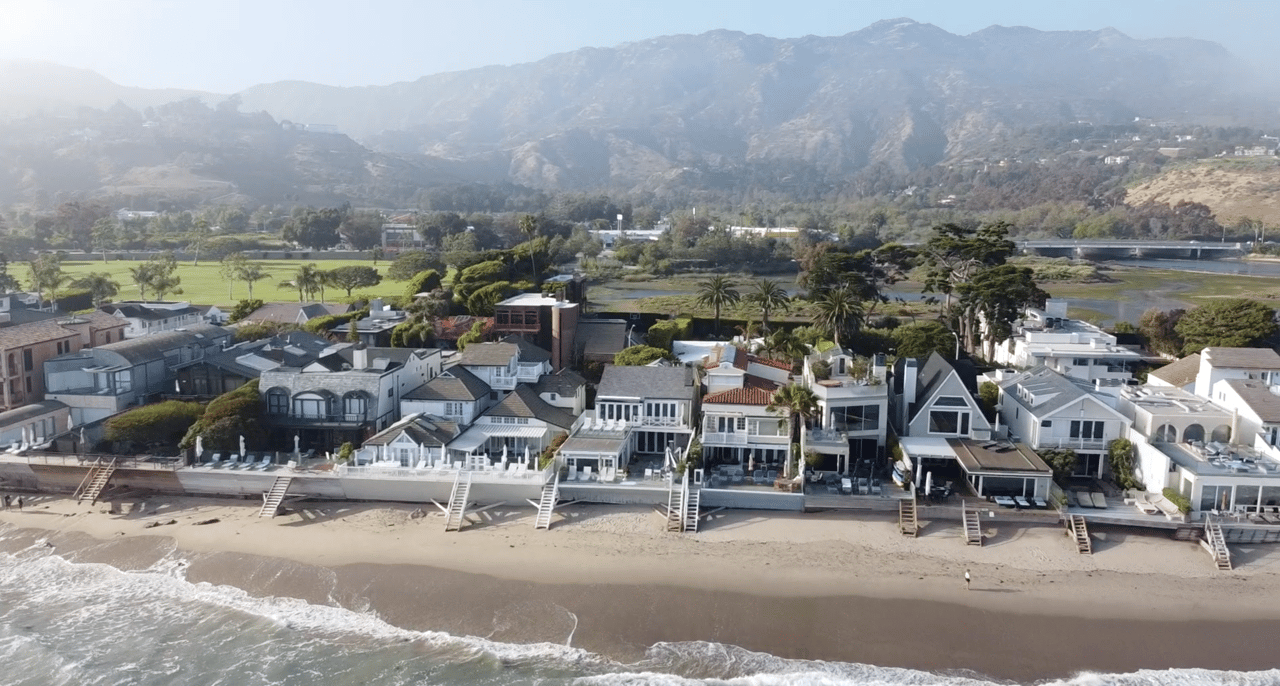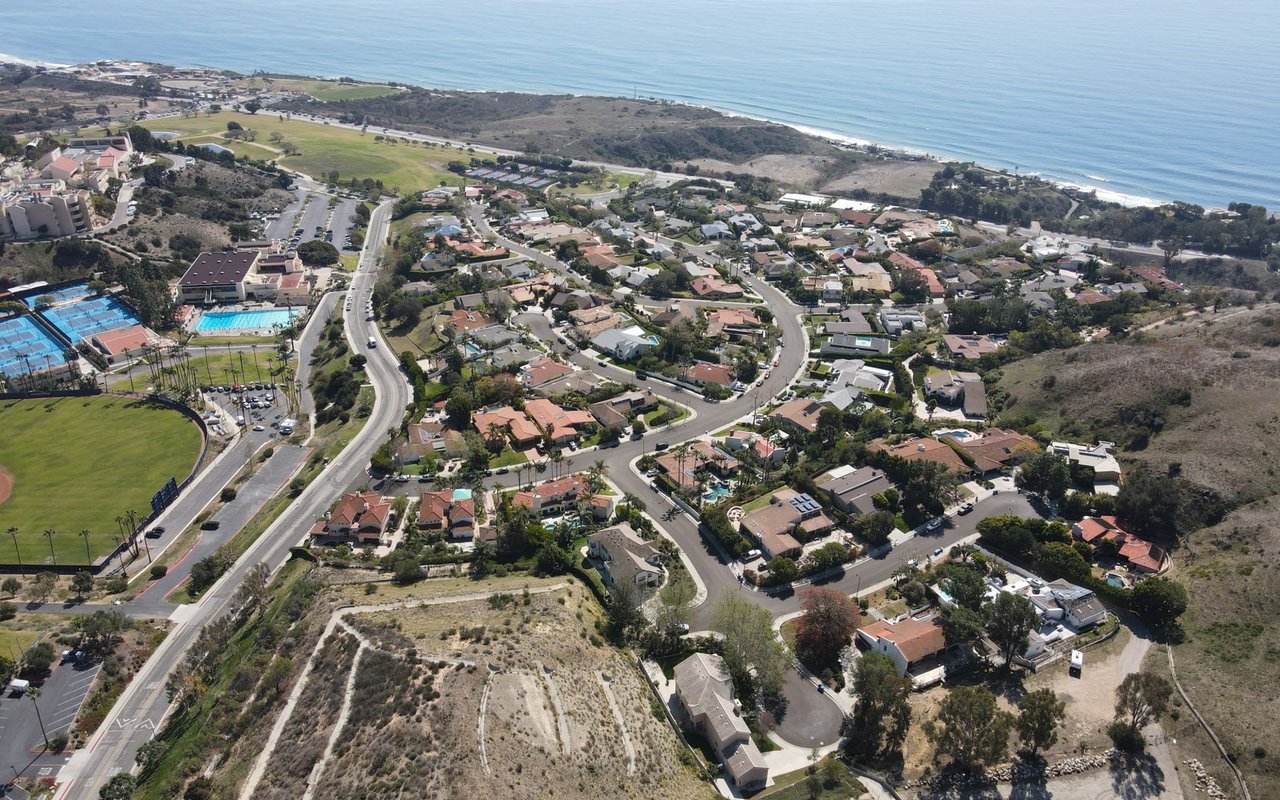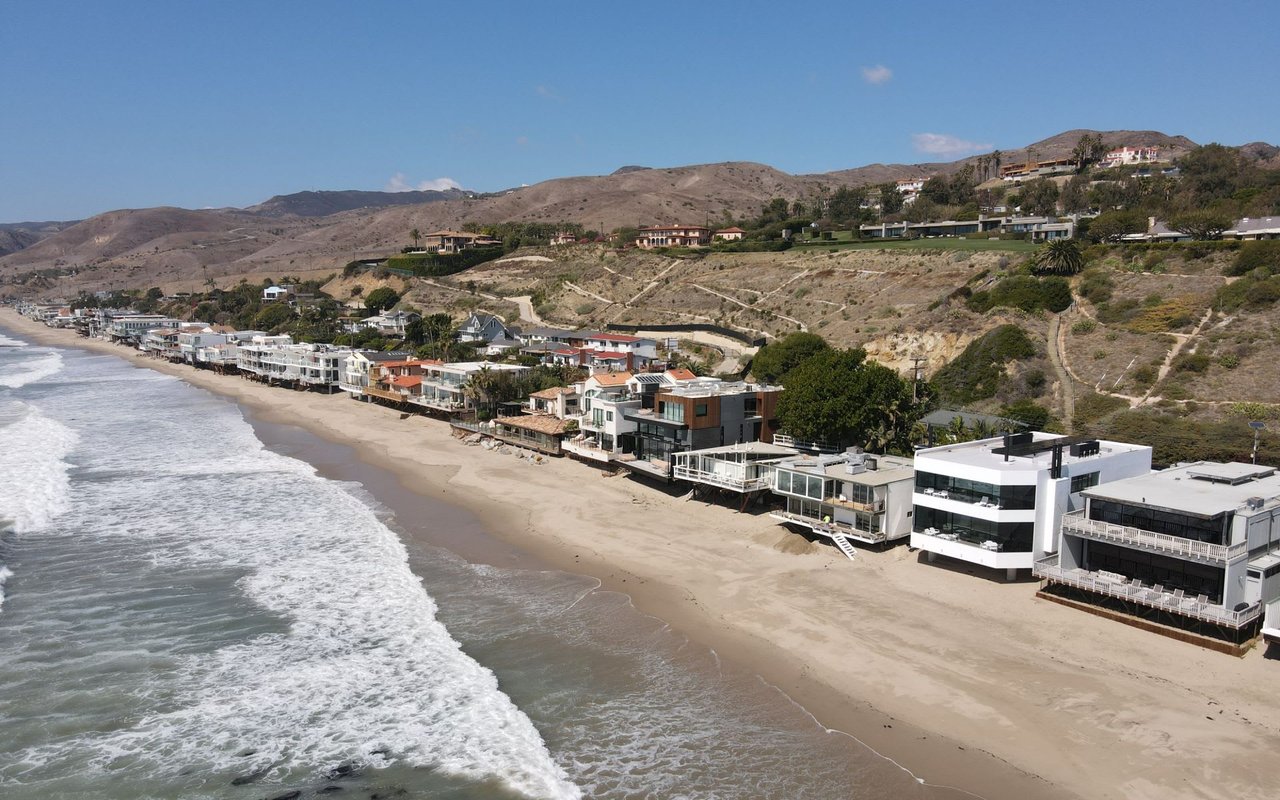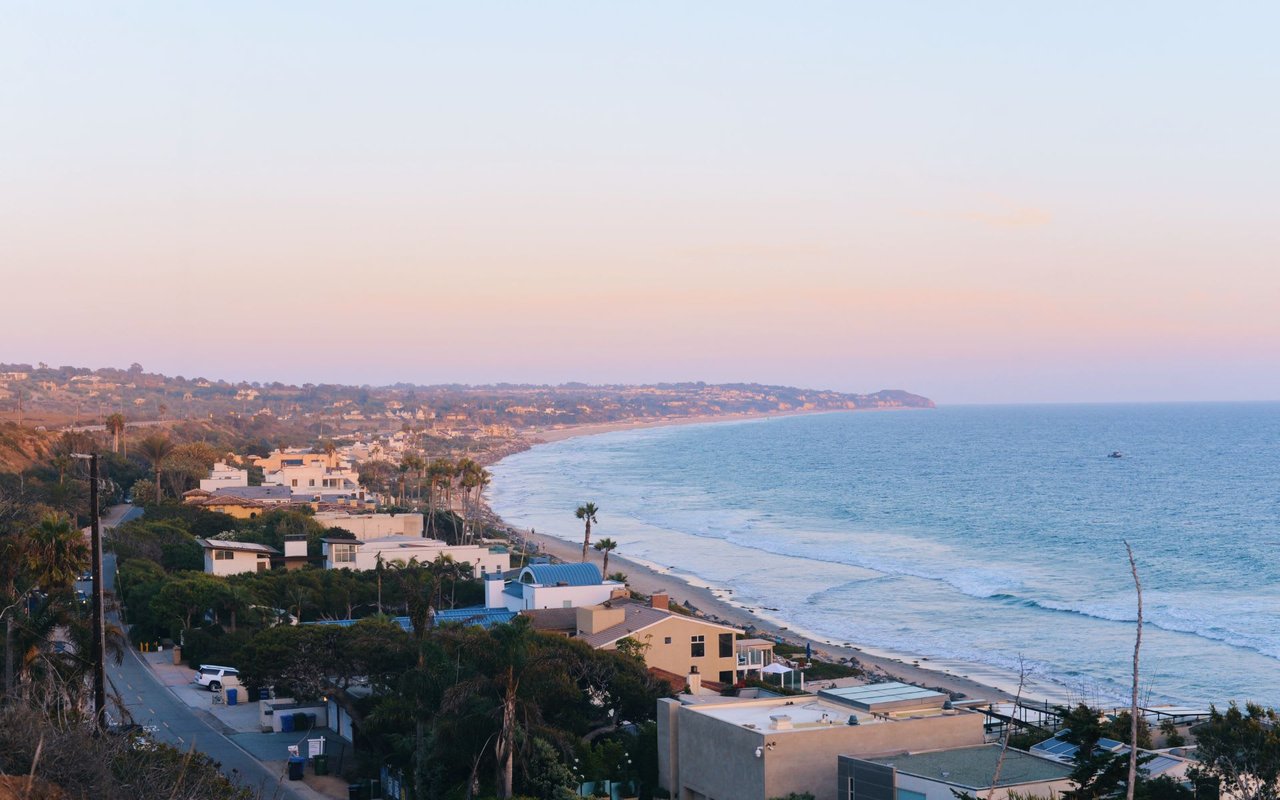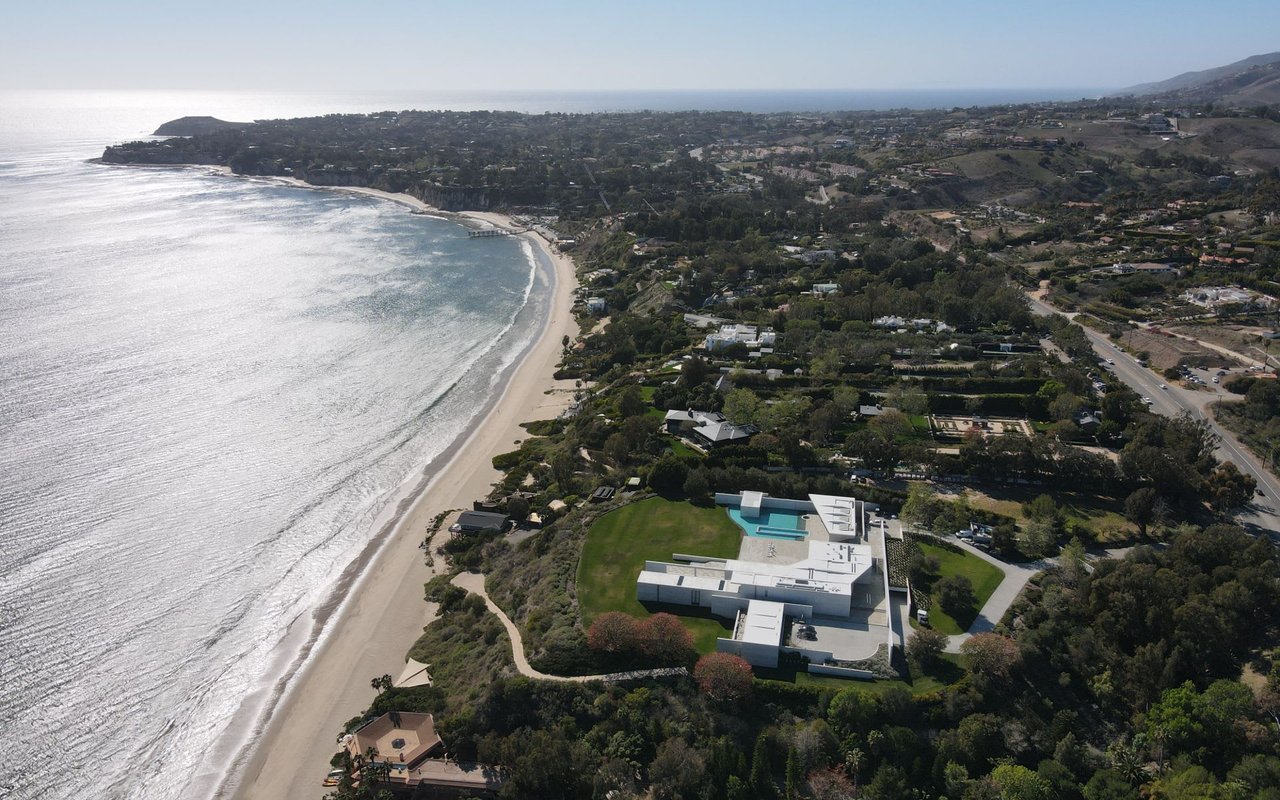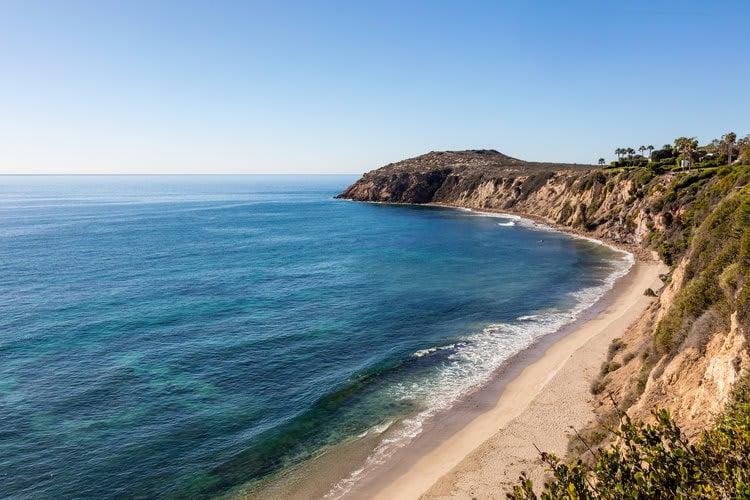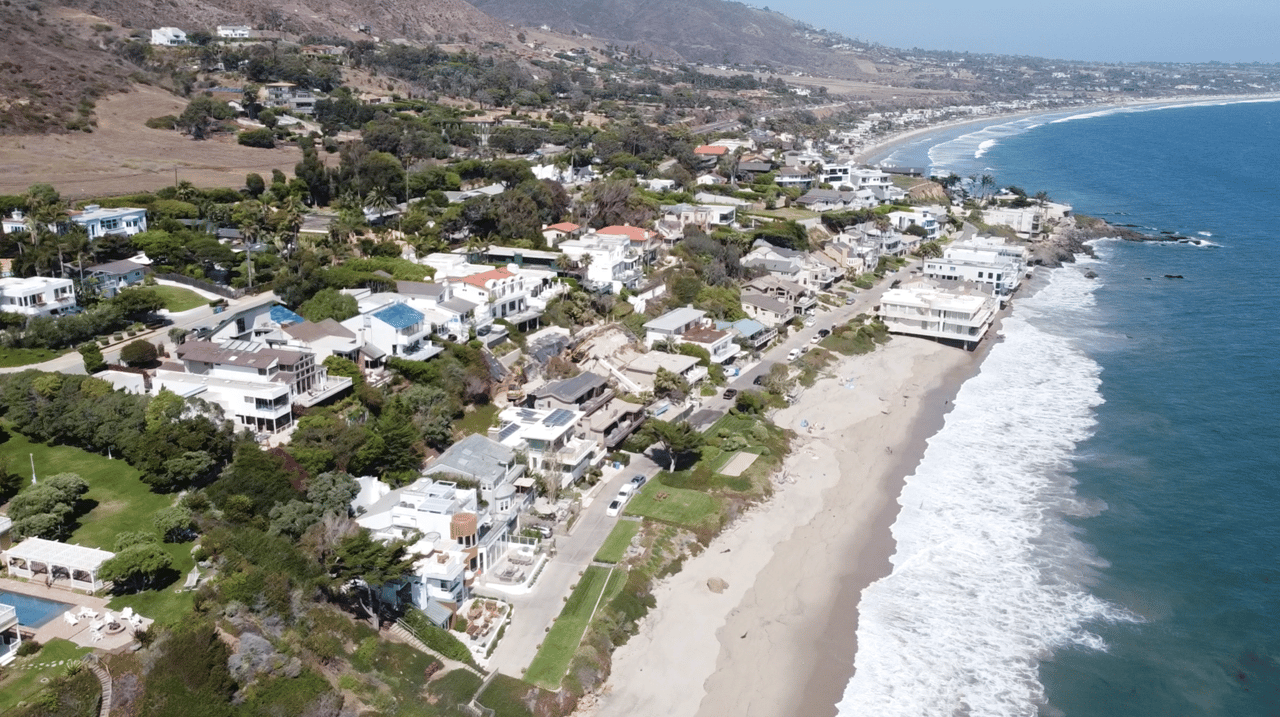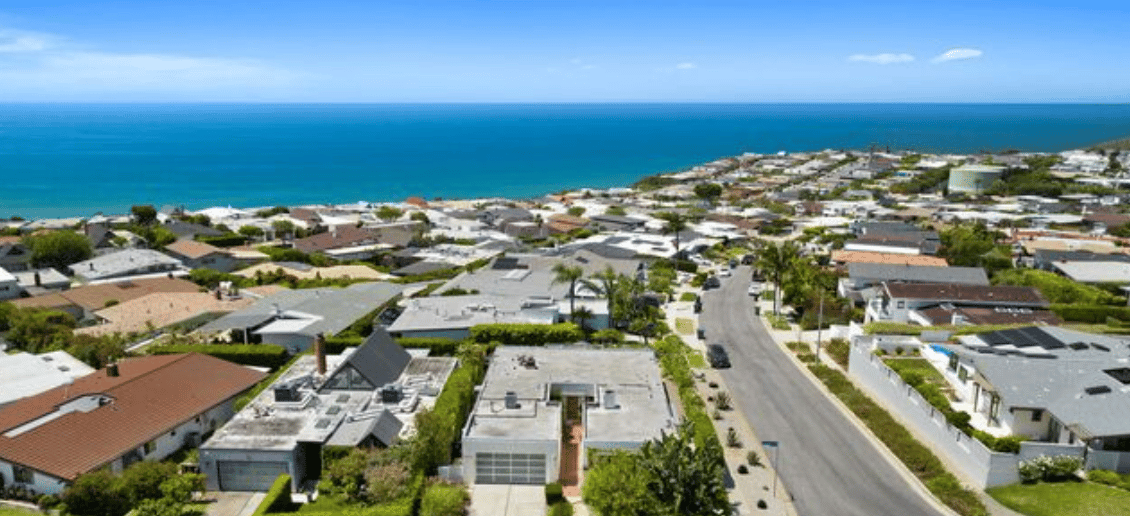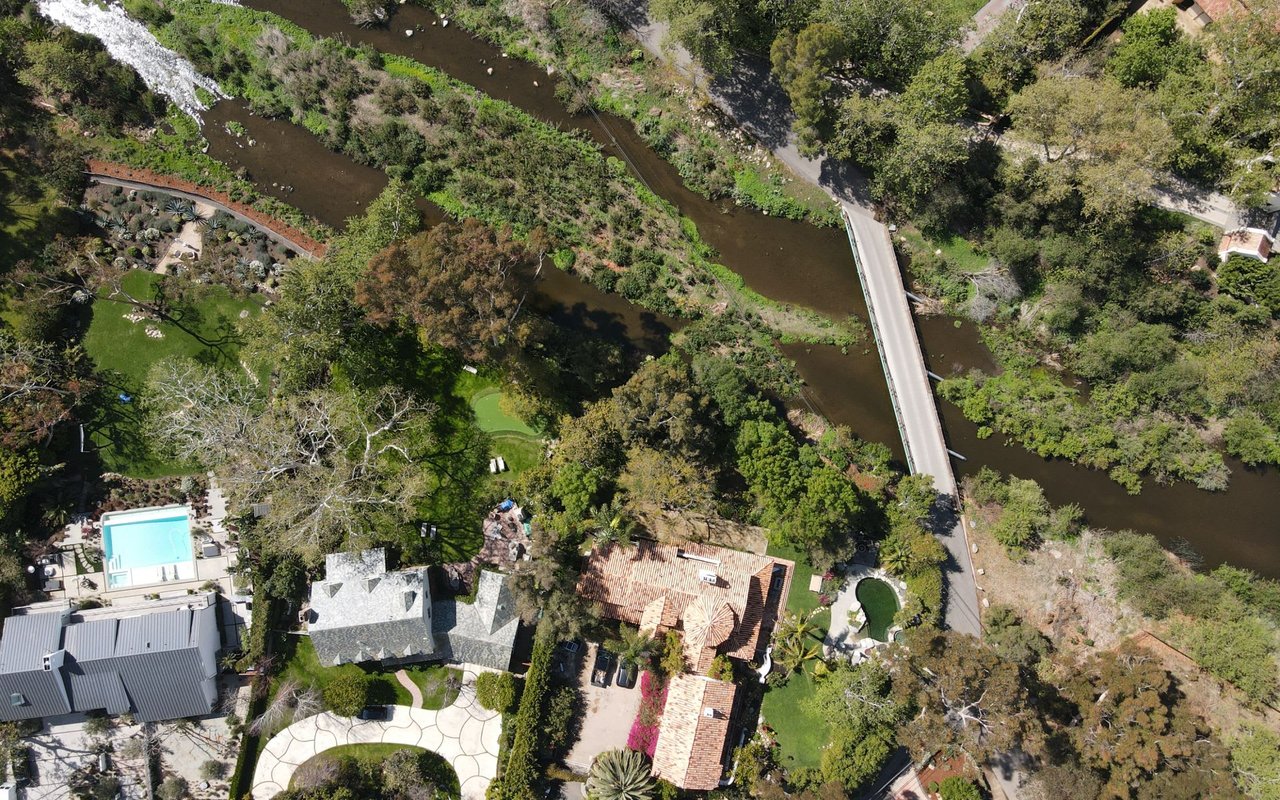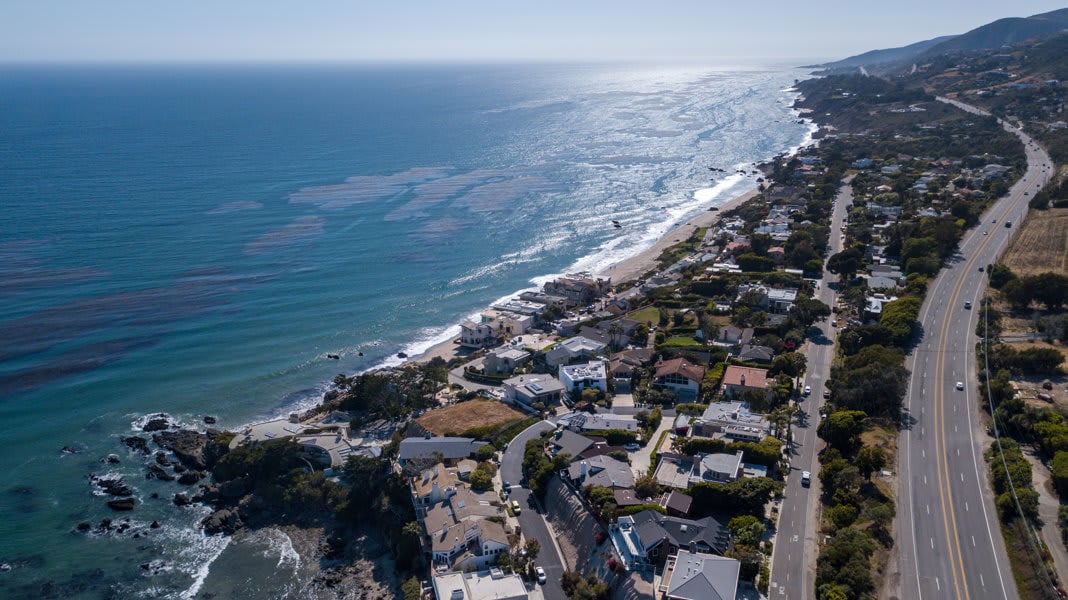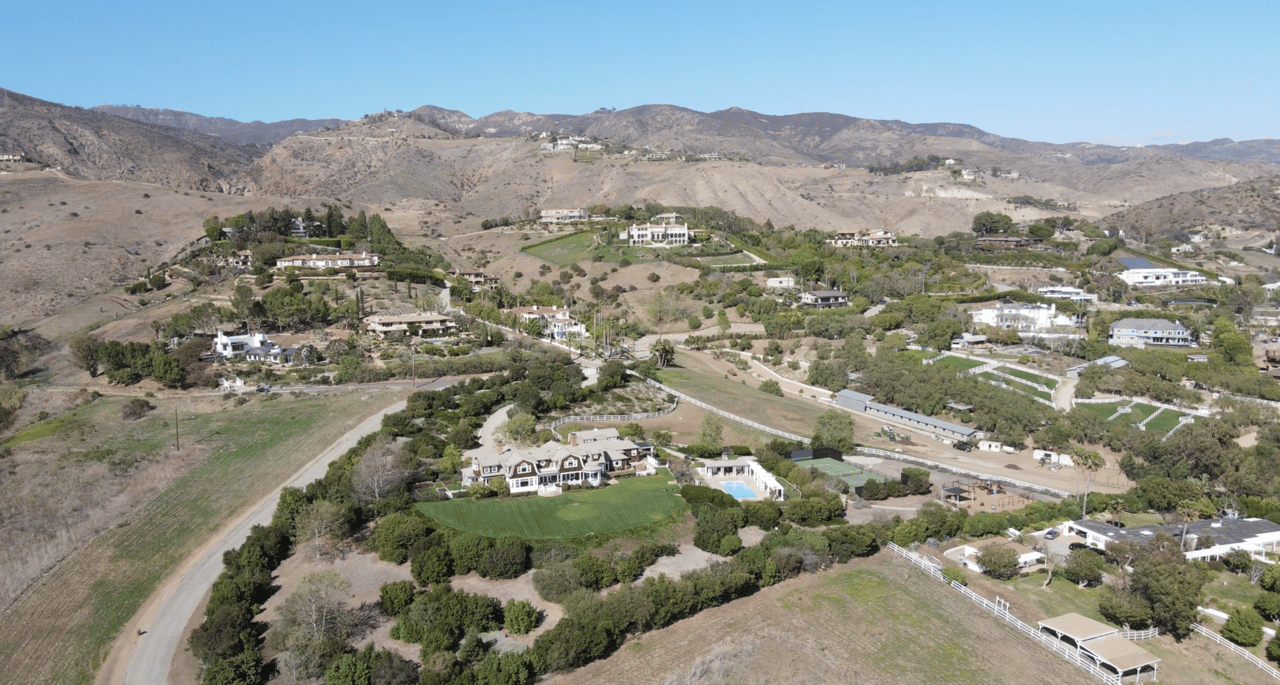From Humilowo to Malibu: The History of Malibu, CA
Known today for its oceanic views and Hollywood stars, Malibu was once home to a different tribe of people.
Situated 30 miles west of downtown Los Angeles, Malibu stretches 21 miles of Pacific coastline and is known for its Mediterranean climate and stunning views of the Pacific Ocean and canyon-etched mountains. Called “Bu'' by locals, today, Malibu is inhabited by many Hollywood celebrities living in multi-million-dollar homes. (You never know when you might run into Jennifer Aniston, Miley Cyrus, or Leonardo DiCaprio!)
Before Malibu was home to Hollywood’s biggest celebrities, however, it was home to the Chumash people for several thousand years. The Chumash tribe occupied 7,000 miles of Californian land from Malibu to Paso Roble and inland to the San Joaquin Valley. Malibu was occupied by the Native American tribe the Humilowo, meaning “the surf sounds loudly.” The name Malibu was later derived from the Humilowo.
The Humilowo community lived in dome-shaped homes made from willow branches, and they hunted, gathered, and fished. In 1542, Juan Rodriguez Cabrillo settled at the mouth of Malibu Creek, where he sought fresh water. In 1769, Gaspar de Portola led the first Spanish expedition for the California mission system. The Europeans worked to convert the Chumash people to Christianity, but they sadly ended up decimating the population due to their European diseases.
The surviving Chumash people were then scattered along the coastline until 1901 when they were reunited with the establishment of the 127-acre Chumash reservation. Today, the Chumash are revitalizing their tribe through their revenue from their Chumash Casino Resort in Santa Ynez.
In 1802, the Spanish government granted José Bartolomé Tapia the Rancho Topanga Malibu Sequit land, which included 13,000 acres of the Santa Monica Mountains. In 1891, the ranch was passed to Frederick Hastings Rindge and his wife, May Knight Rindge. There, they lived in what is now known as the Adamson House, which is today a Malibu Creek State Park and a California Historical Landmark.
The Rindges hired guards to defend the land against trespassers and even fought in court to prevent the Southern Pacific Railroad from building its tracks through the land. Ultimately, though, the Rindges built their own railroad that ran 15 miles from Las Flores Canyon to Point Dume.
After Frederick’s death, May inherited the ranch and funded the property by creating Malibu Potteries in 1926. The ceramic tile company employed more than 100 workers at its height and produced collectible tiles that are still in Los Angeles business buildings and Beverly Hills homes today. After a fire in 1931 and the subsequent Great Depression, the company closed its doors.
Meanwhile, in 1929, the state won a court case to build the Pacific Coast Highway through the Rindge property. By that point, May Rindge was selling and leasing subdivisions of the land to exclusive Hollywood stars so they could build vacation homes. This first enclave of homes became Malibu Colony, and by the 1930s, permanent residents could own private homes in Malibu.
Today, Malibu Colony offers its gated-community residents stunning views of the Southern California coastline, which is referred to as the “Queen’s Necklace,” and stretches from Point Dume to Santa Monica and Palos Verdes.
